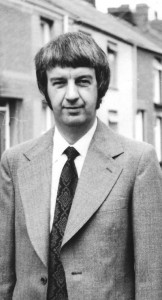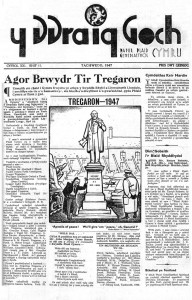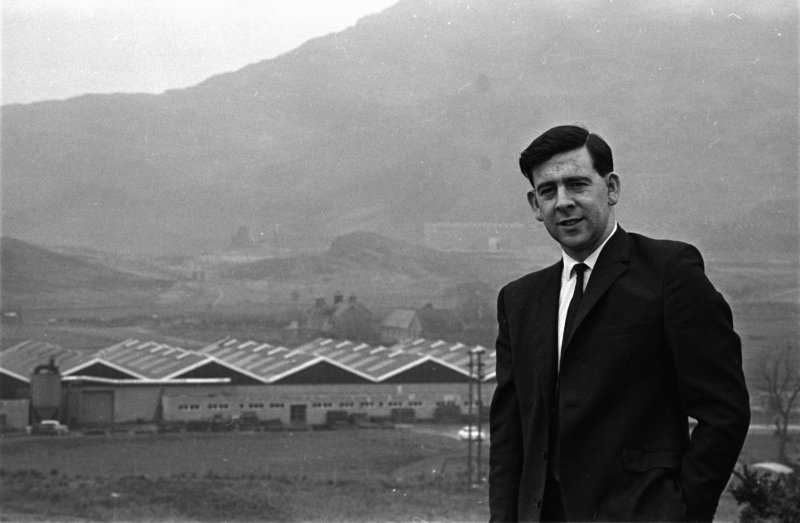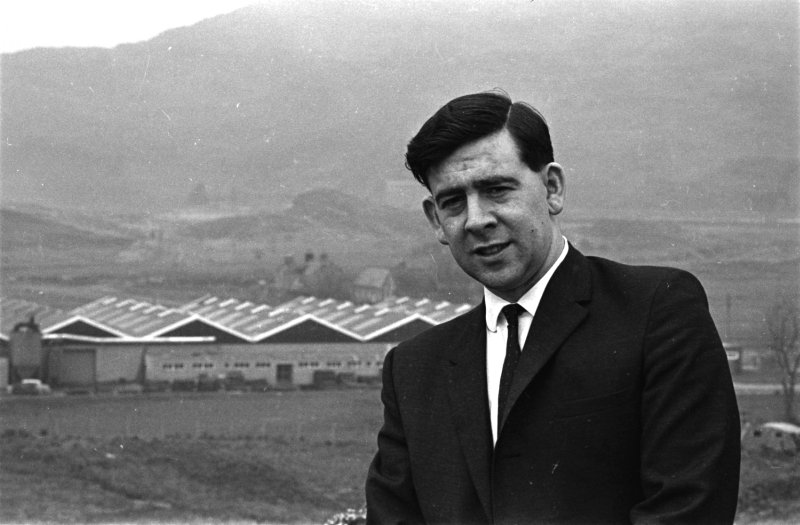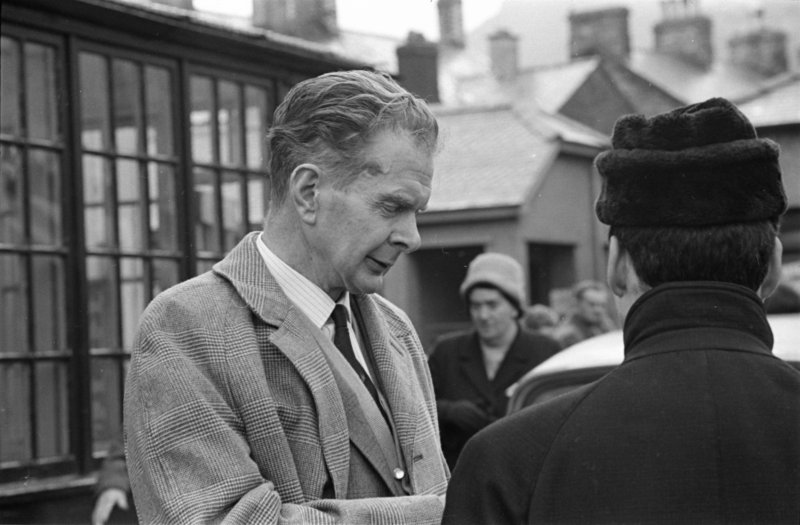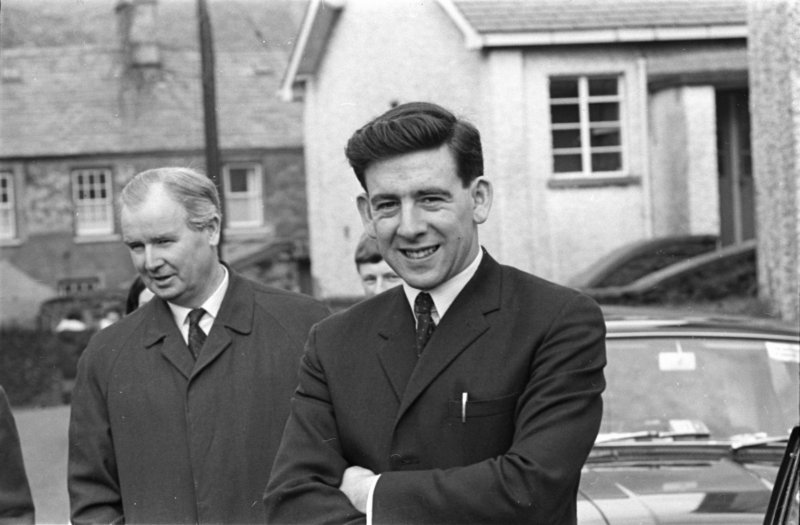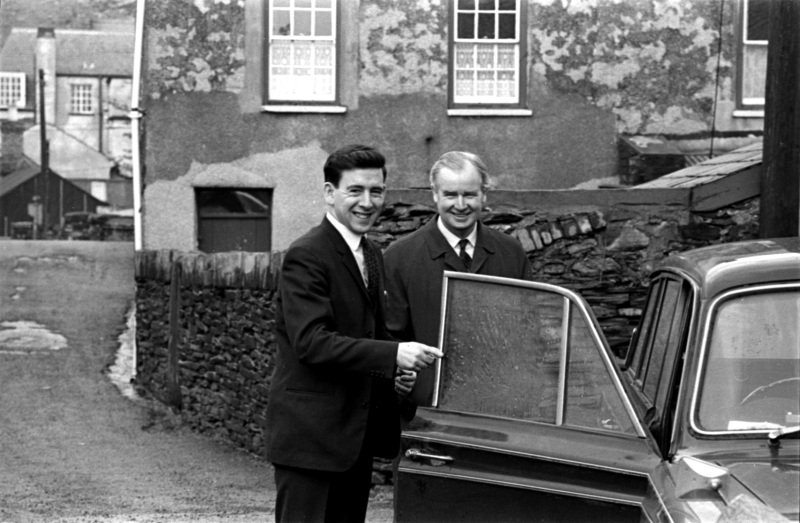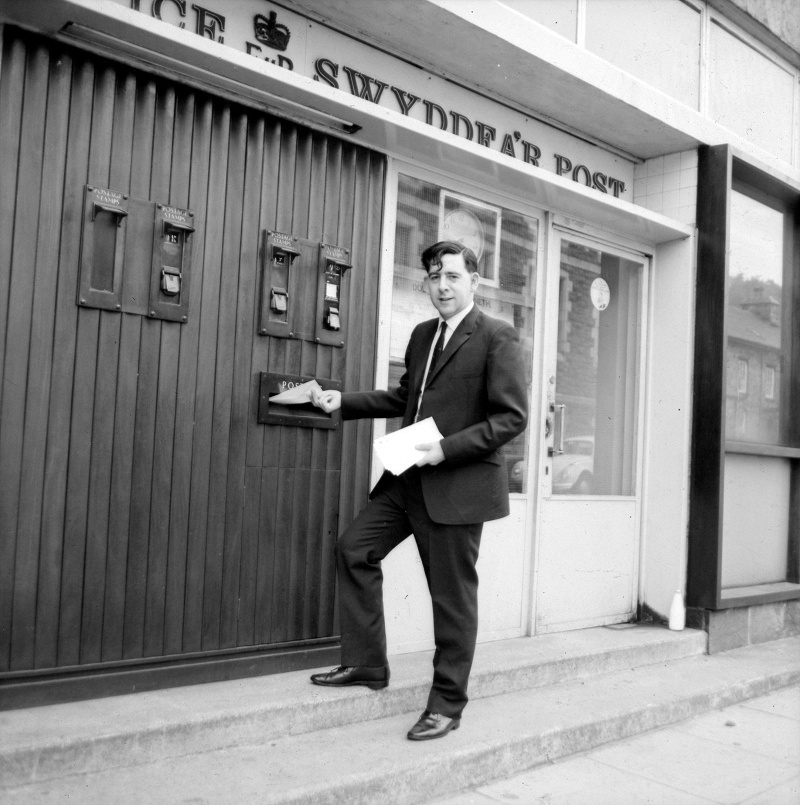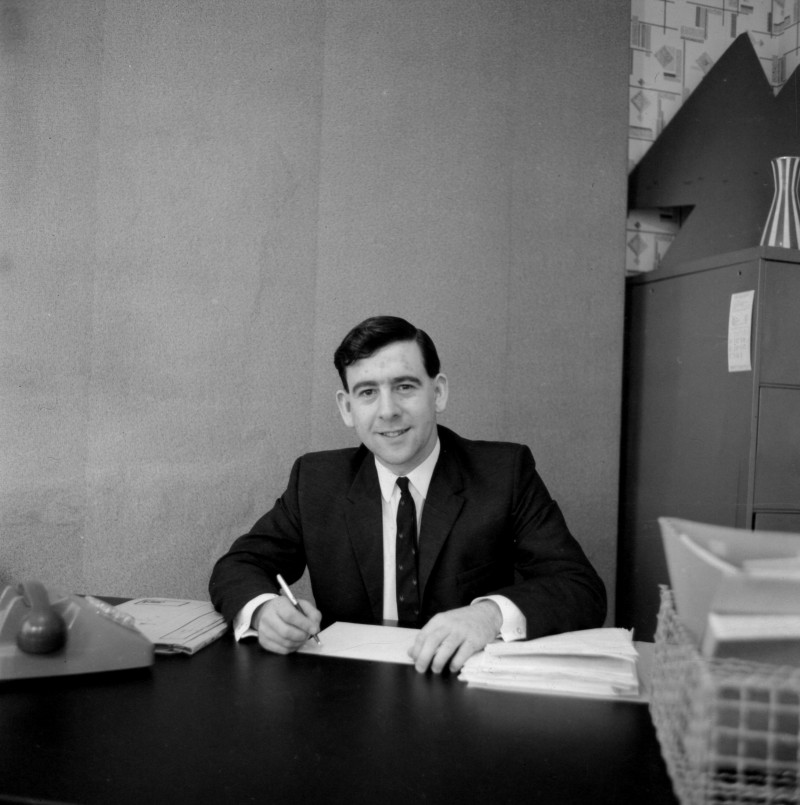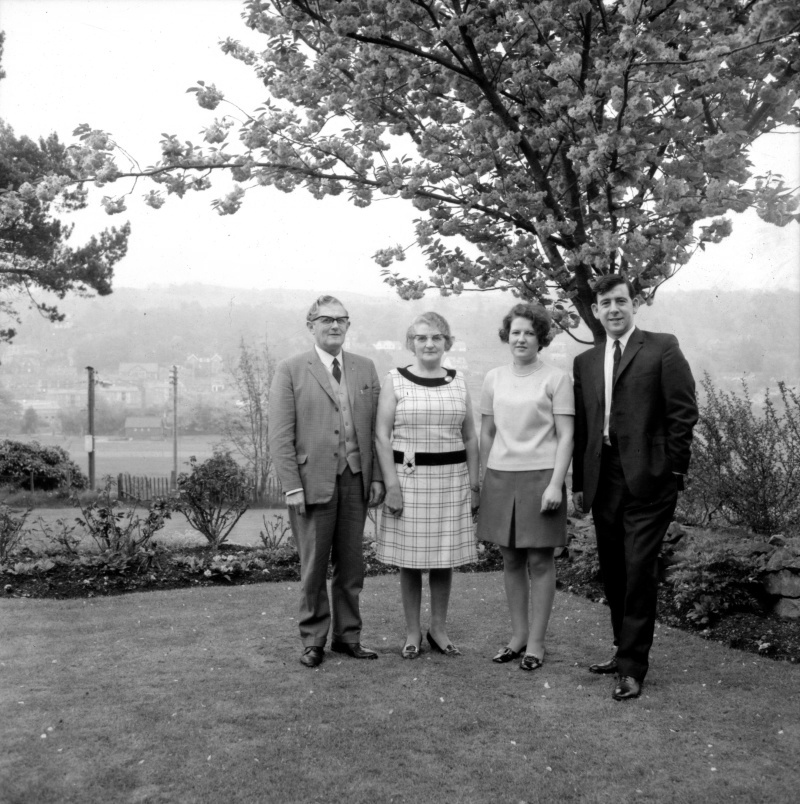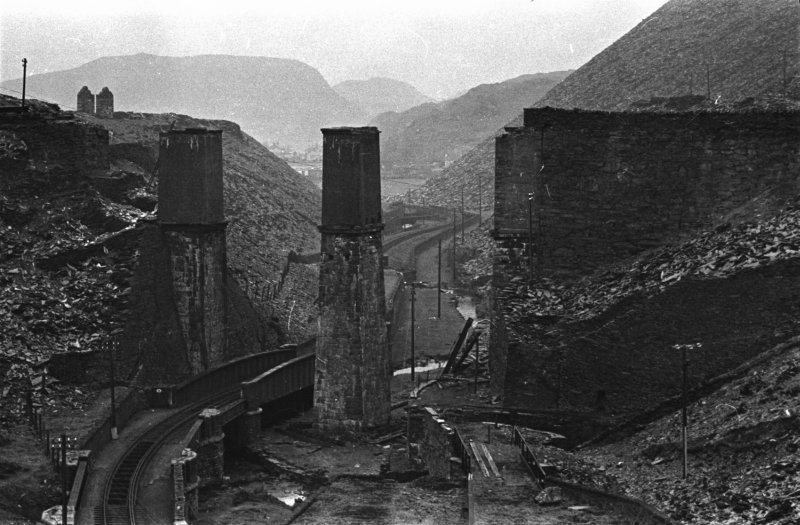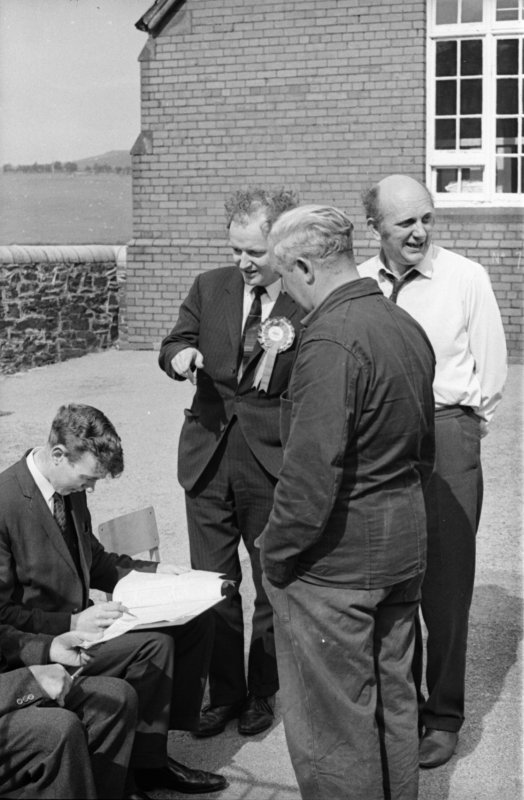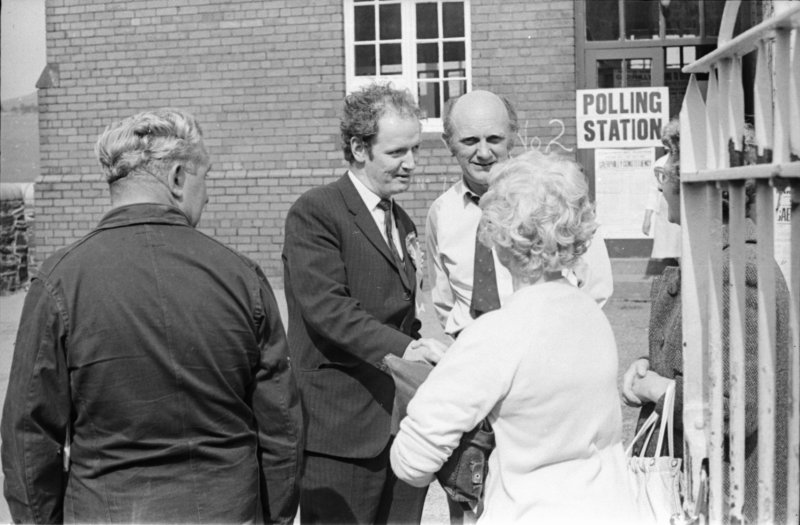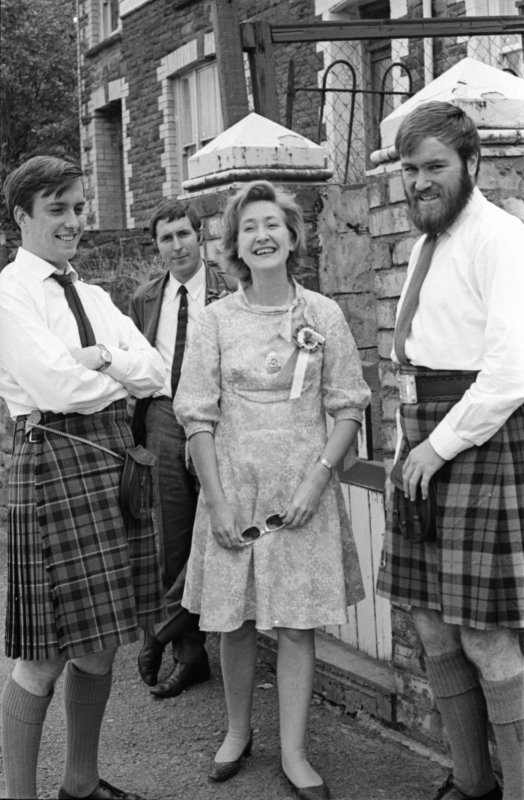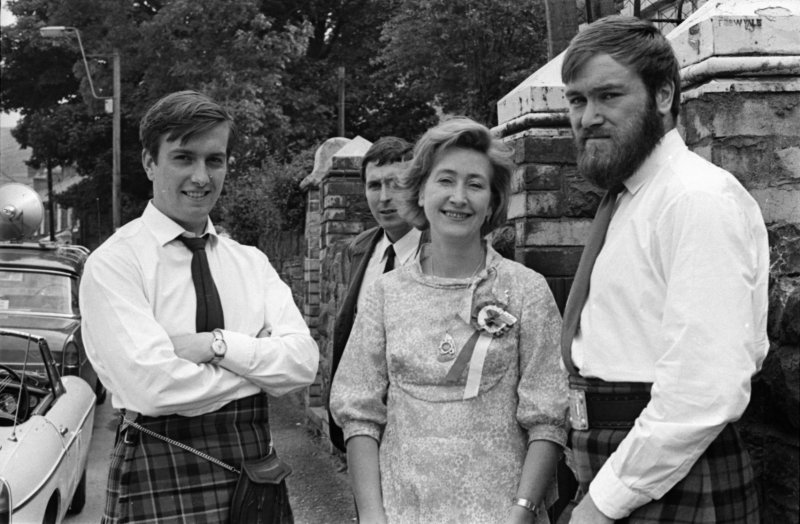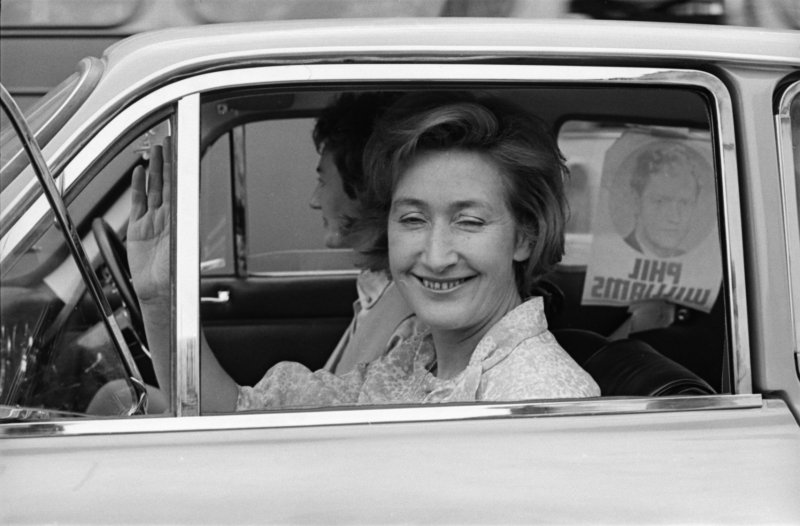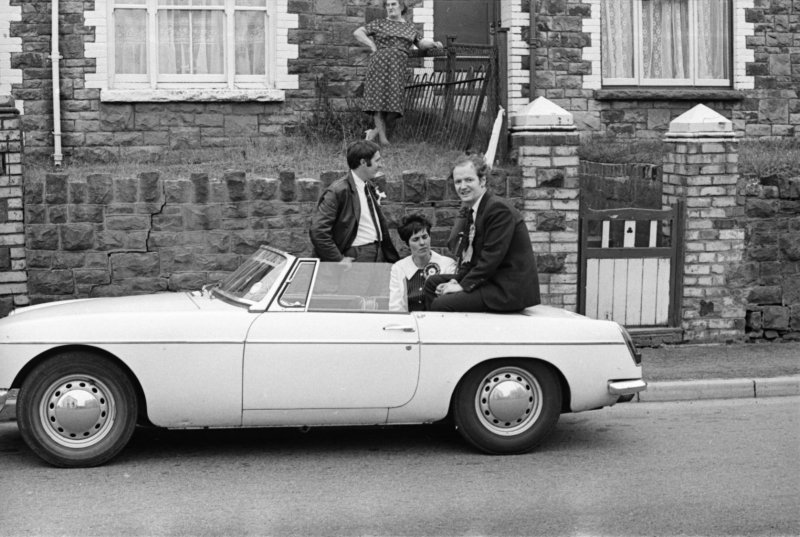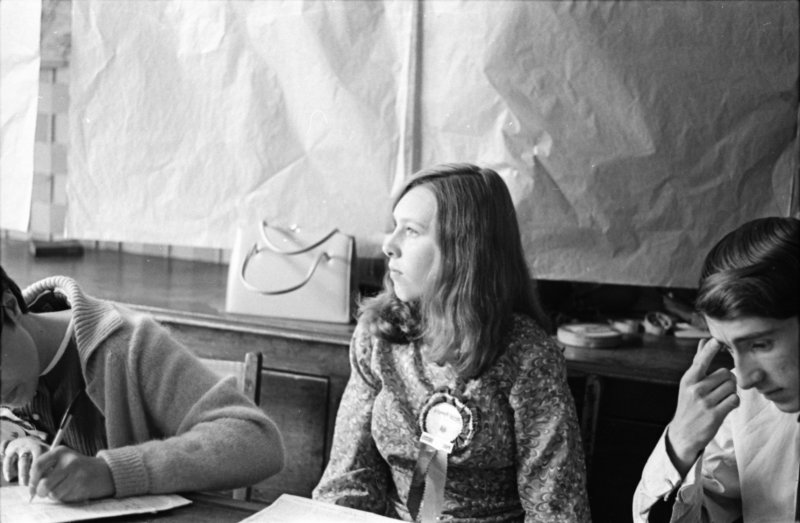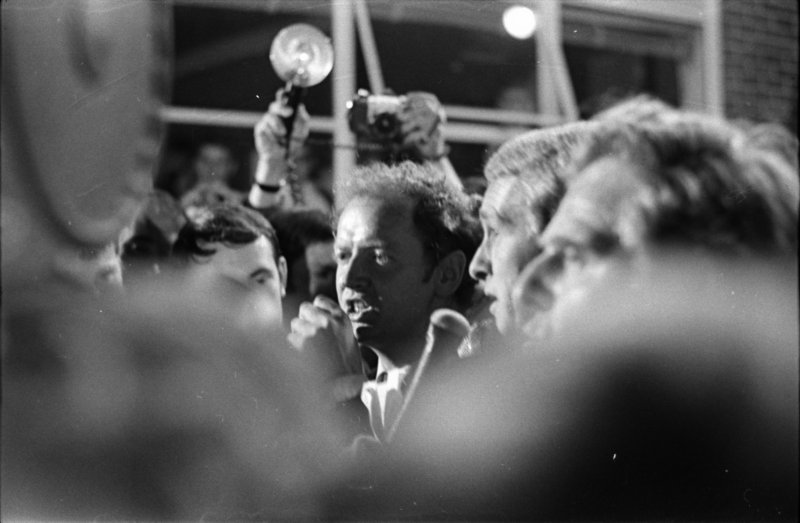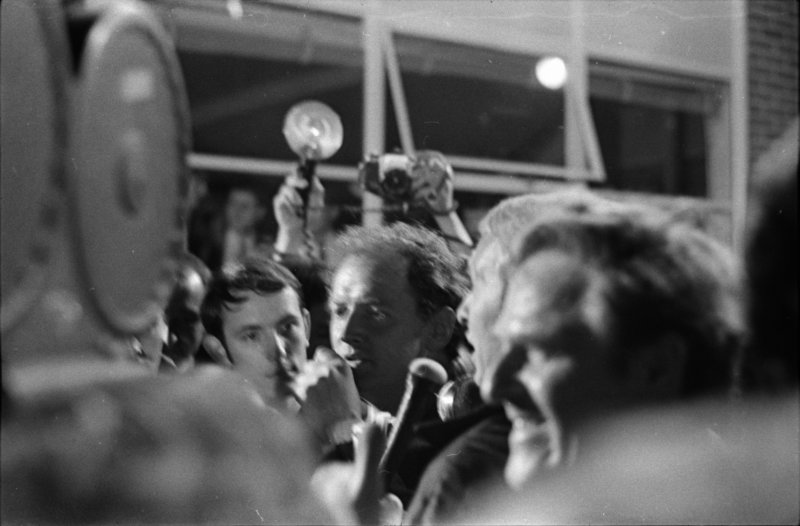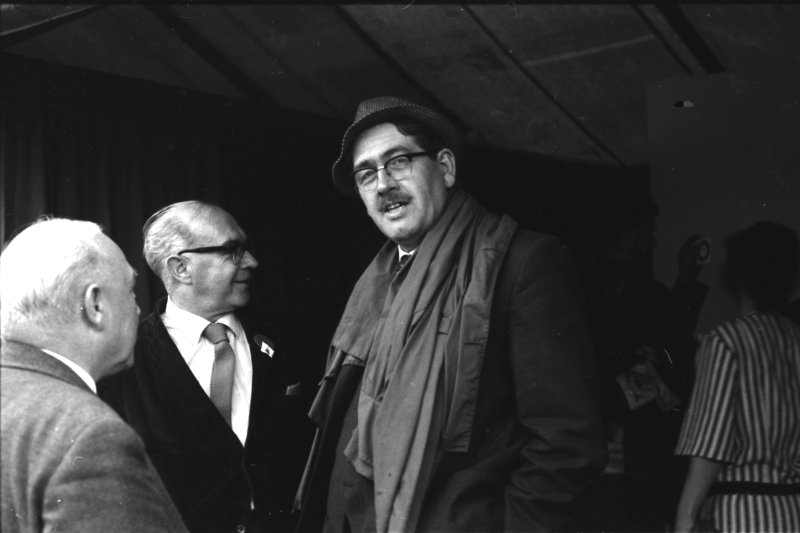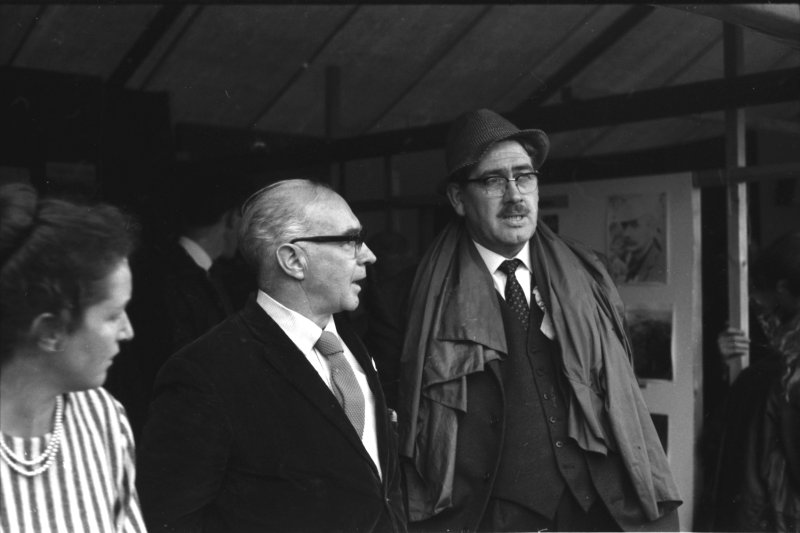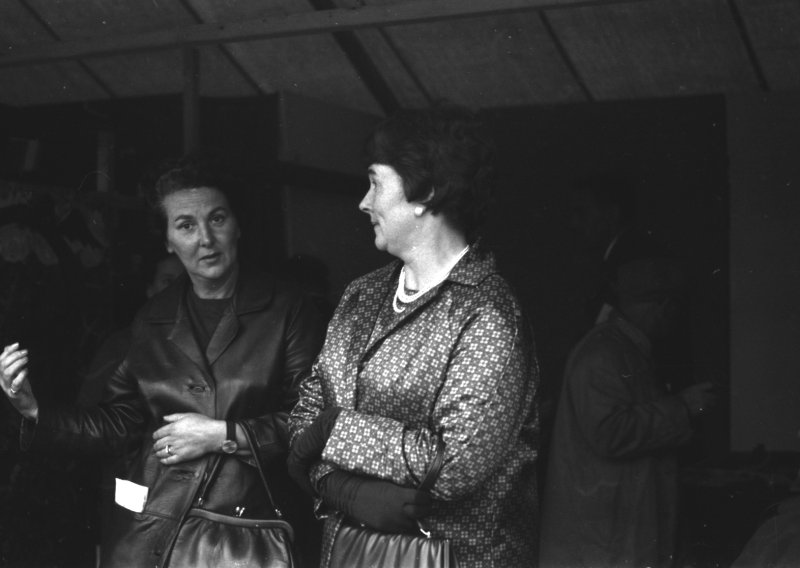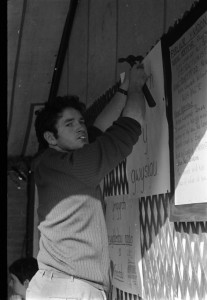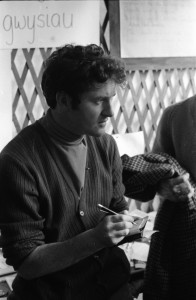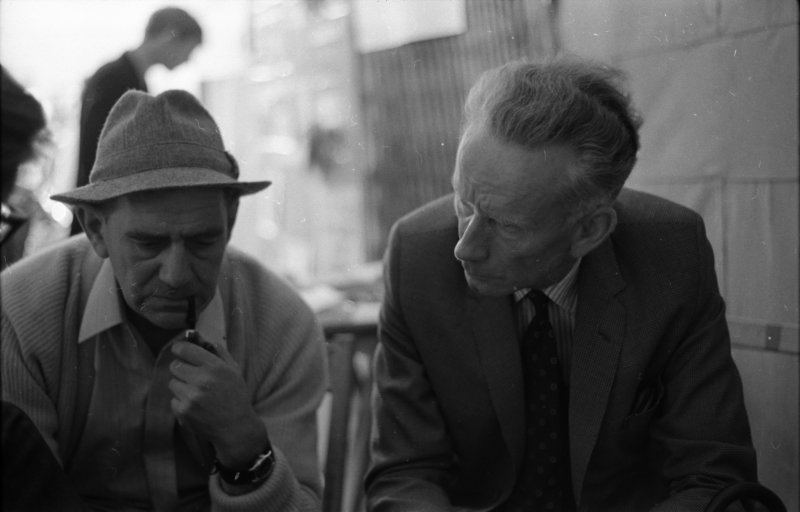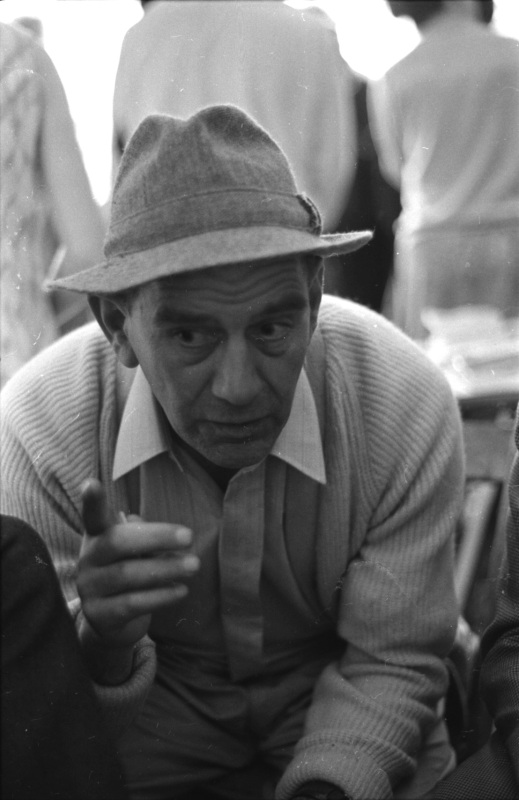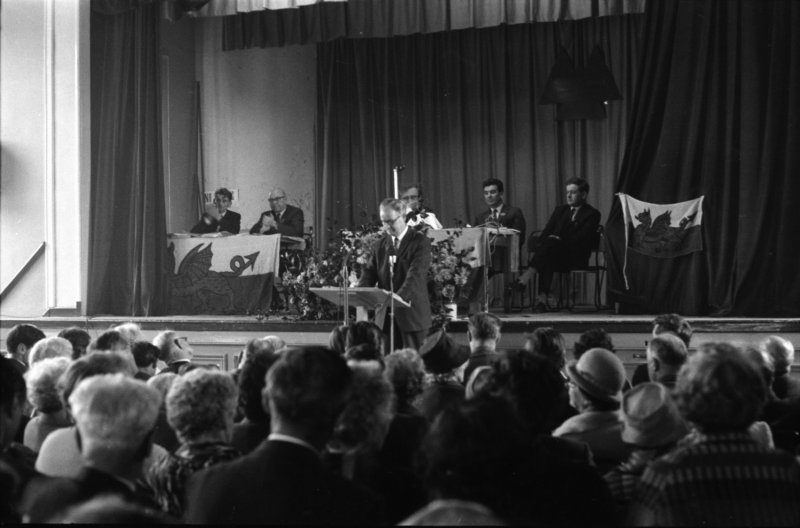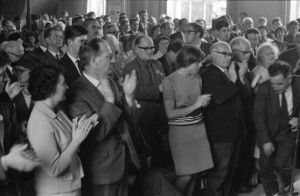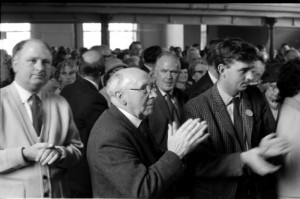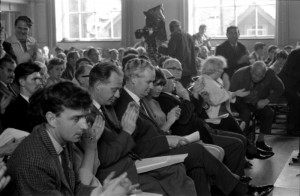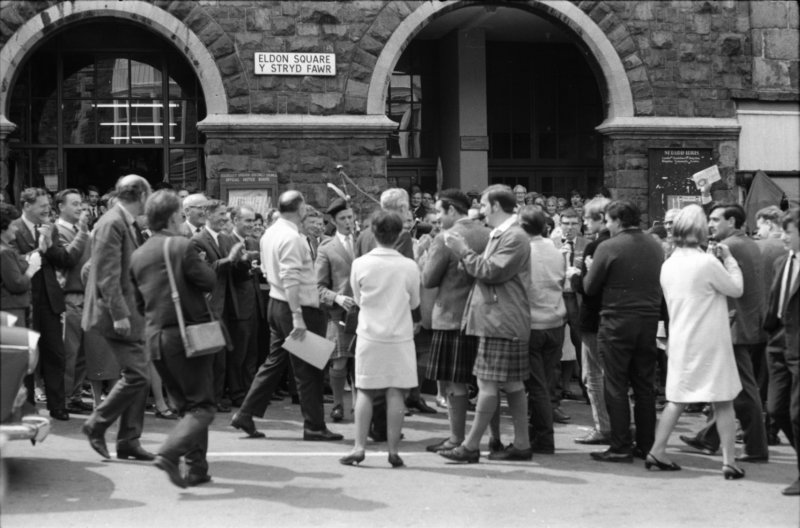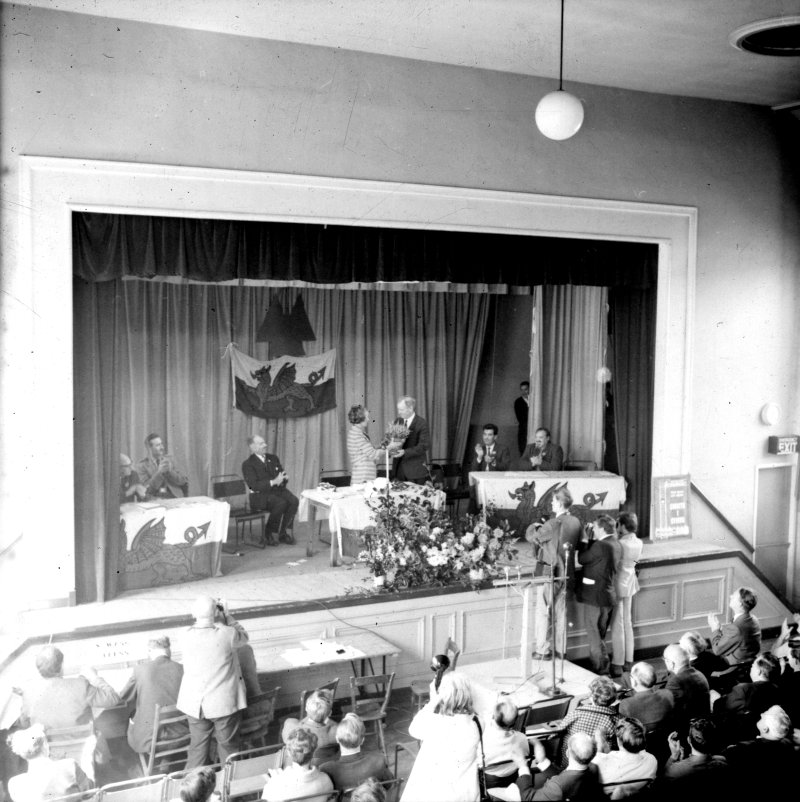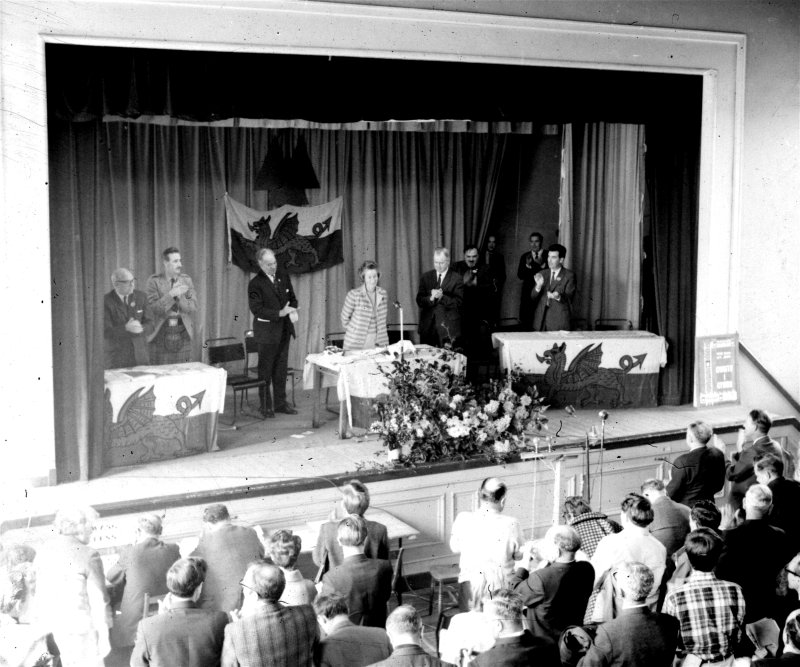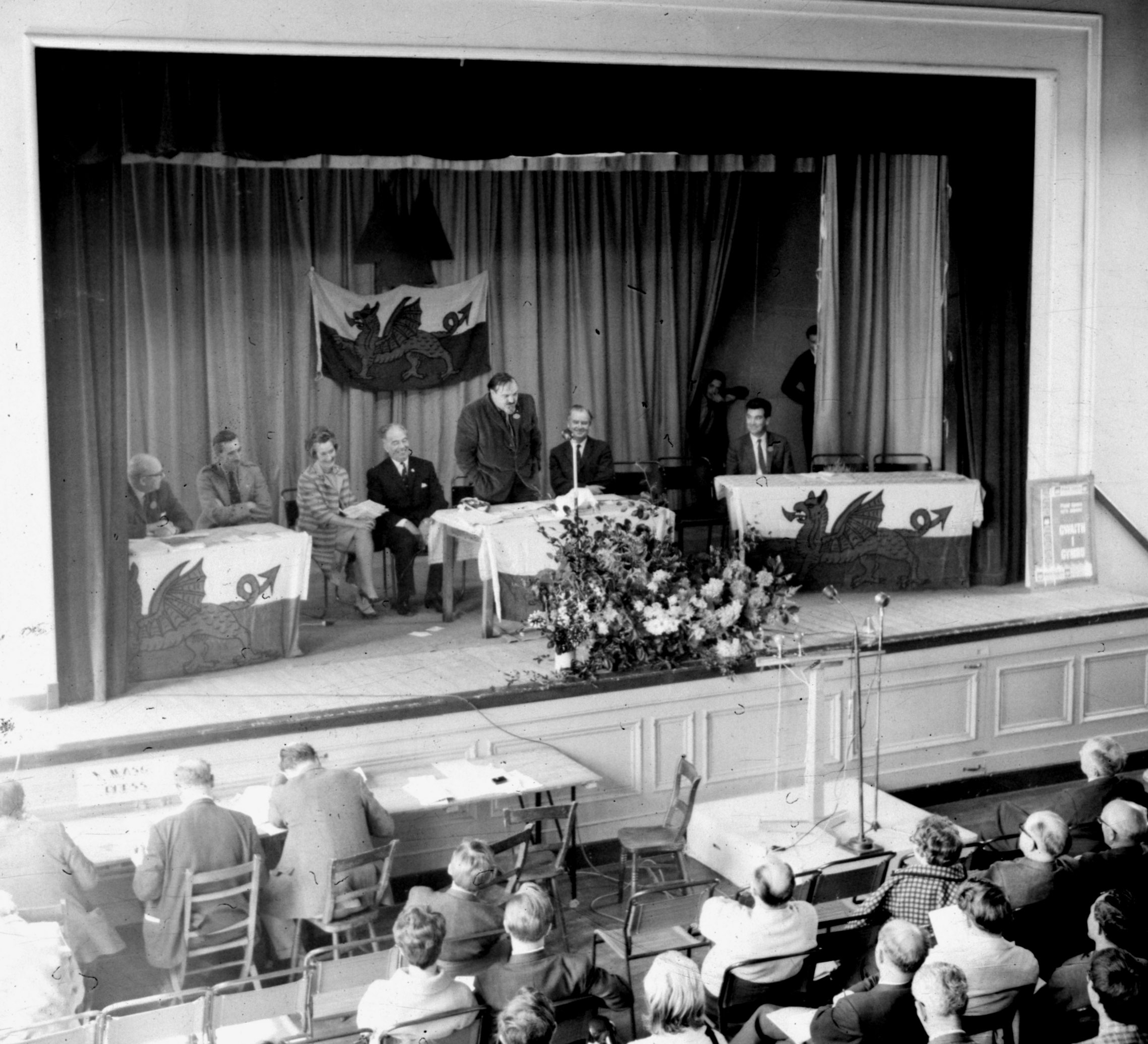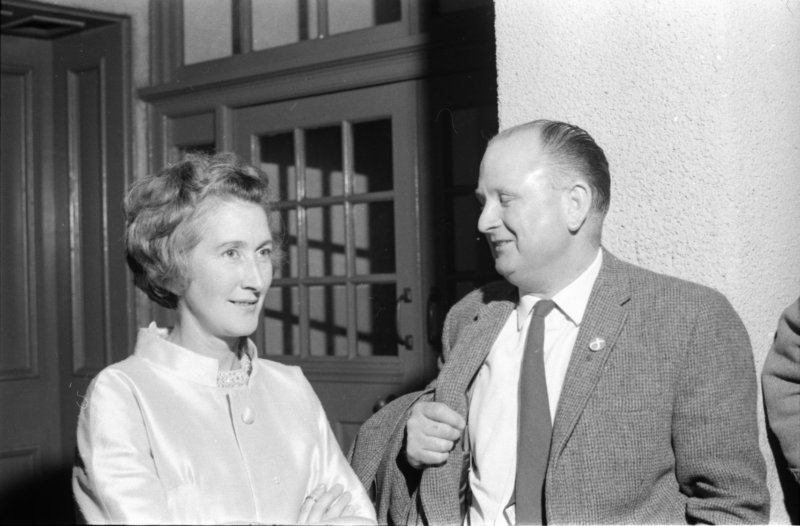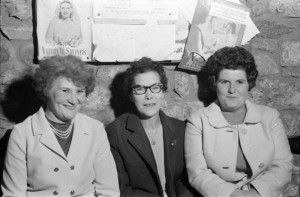- Tribute to Judge Philip Richards (1946-2025) 30/10/2025
- Disussing the new book about Dafydd Elis-Thomas 03/10/2025
- Alan Jobbins 1940 – 2025 30/09/2025
- Tributes to Owen John Thomas 1939 – 2024 03/09/2025
- From Cymru Fydd to Plaid Cymru – The Journey 12/08/2025
- A timeline of the history of Plaid Cymru 1925-2025 12/08/2025
- Plaid Cymru 1925 – 2025 18/07/2025
- Launch of new book ‘Dros Gymru’n Gwlad’ 18/07/2025
- Celebrating the birth of Plaid Cymru 100 years ago 03/07/2025
- Book Launch 27/06/2025
- Political Lives – Saunders Lewis 24/06/2025
- Remembering O.P. Huws 1943 – 2025 05/06/2025
- Tribute to Lord Dafydd Ellis Thomas 1946 – 2025 02/04/2025
- Tributes to Emrys Roberts 1931 – 2025 01/04/2025
- Activities of the Society 03/12/2024
- Book Launch – The Politics of Co-Opposition 14/10/2024
- Richard Wyn Jones Lecture at the 2024 Eisteddfod 27/08/2024
- Women in Plaid Cymru 20/06/2024
- Fighting for Wales Before the Foundation of Plaid Cymru 11/03/2024
- Society Newsletters 10/03/2024
- Celebrating the first Plaid Cymru Meeting 13/01/2024
- Booklets 11/01/2024
- CENTENNIAL CELEBRATION PLAID CYMRU 1924 – 2024 07/12/2023
- About the Society 26/11/2023
- Saunders Lewis, Wales and Europe by Dafydd Wigley 14/11/2023
- Latest Newsletter Published 10/10/2023
- Penyberth – New Research on Old Bailey Switch 25/08/2023
- Legal Aspects of the Penyberth Case 12/08/2023
- Brian Arnold (1941-2023) 26/07/2023
- Charlotte Aull Davies, 1942-2023 19/07/2023
- Fighting Poverty – Plaid’s Role over the Years 28/02/2023
- Wil Roberts 1943 – 2022 17/11/2022
- Kitch – Lecture by M Wynn Thomas 12/08/2022
- Kitchener Davies – from Tregaron to Trealaw 26/07/2022
- Penri Jones 1943 – 2021 29/12/2021
- Pat Larsen 1926 – 2021 06/12/2021
- Jill Evans, Member of the European Parliament 26/09/2021
- Centenary of the Birth of Dr Tudur Jones 02/07/2021
- Maldwyn Lewis 1928 – 2021 15/06/2021
- 1997 Referendum and Assembly 15/06/2021
- 1974 Three MP’s 15/06/2021
- 1945 Gwynfor Evans elected President 15/06/2021
- 1925 Starting Plaid Cymru 15/06/2021
- Carmarthen 11/06/2021
- Europe 10/06/2021
- Keith Davies. 1944 – 2021 30/03/2021
- Menna Battle, Gentle Warrior 1949 – 2020 03/02/2021
- 2021 Newsletter 30/01/2021
- Remembering Chris Rees 1931 – 2001 07/01/2021
- Tributes to Ioan Roberts 1941 – 2019 03/01/2021
- Michael Sheen’s View of Welsh History 08/11/2020
- Harri Webb – Sunday Supplement 17/09/2020
- Remembering Harri Webb 1920 -1994 07/09/2020
- Harri Webb 1920 – 1994 20/08/2020
- Gwilym Hughes Cartoons 08/07/2020
- Films of the Eisteddfod 28/06/2020
- Alcwyn Deiniol Evans 1942 – 2020 10/05/2020
- Rhys Lewis 1937 – 2020 20/04/2020
- 1970 Merthyr Election 11/02/2020
- Stuart Neale: Plaid Cymru candidate and pioneer of gay liberation 08/11/2019
- Remembering Glyn James 06/11/2019
- The Reverend Fred Jones (1877-1948) one of the founders of Plaid Cymru 20/10/2019
- Leaflets before 1970 16/10/2019
- Leaflets 1970 – 1979 16/10/2019
- Leaflets 1980 – 1989 16/10/2019
- Membership Cards 16/10/2019
- Glanmor Bowen-Knight 1945 – 2019: a Tribute 16/10/2019
- Memorial Plaque for Glyn James 13/10/2019
- Who Was Dafydd Iwan’s Grandfather? 23/09/2019
- (Cymraeg) Sefydlu Plaid Cymru – Olrhain y Cefndir 10/07/2019
- Eurig Wyn 1945 – 2019 08/07/2019
- Organisation 12/06/2019
- 2019 Newsletter 20/05/2019
- Tributes to Steffan Lewis 1984 – 2019 04/02/2019
- The Life of Wynne Samuel 06/01/2019
- 1967 Rhondda By-election Remembered 02/12/2018
- The Syd Morgan Interview 14/11/2018
- Geraint Thomas 1950 – 2018 29/10/2018
- Tribute to John Harries 1925 – 2018 23/10/2018
- New Novel Charts Course To Devolution 23/10/2018
- Plaid Remembers Wynne Samuel 19/09/2018
- Tributes to Phil Williams 17/08/2018
- Remembering Phil Williams Tribute by Dafydd Williams 17/08/2018
- Remembering Phil Williams A tribute by Cynog Dafis 17/08/2018
- Remembering Phil Williams (1939 – 2003) in the Cardiff Eisteddfod 16/07/2018
- John Osmond’s New Novel 20/04/2018
- John Osmond Book Launch 11/03/2018
- Elwyn Roberts Lectures 14/01/2018
- Mary Jones 1949 – 2017 09/01/2018
- Janice Dudley 1944 – 2017 09/01/2018
- Jim Criddle 1947 – 2017 09/01/2018
- Tributes to Plaid Cymru ‘Anchor Man’ 14/08/2017
- Gordon Wilson, SNP 1938 – 2017 – a tribute by Dafydd Wigley 29/06/2017
- Golden Anniversary for Plaid in Pembrokeshire 14/04/2017
- DJ and Noëlle: Shaping the Blaid 14/04/2017
- Ifor Jenkins 1927 -2017 31/03/2017
- Plaid Conference Lecture 27/02/2017
- Syd Morgan – Wales and the Easter Rising 31/01/2017
- Conversation with Michael Williams, Tenby 28/11/2016
- Howard Davies 1950 – 2016 31/10/2016
- Wales and the Easter Rising – Conference Lecture 03/10/2016
- Aneurin Richards 1923 – 2016 08/09/2016
- Gwyneth Mai Williams, 1938 -2016 31/08/2016
- DJ a Noelle Davies – EIsteddfod Lecture by Richard Wyn Jones 03/08/2016
- Colin Mann, Llanbradach 21/06/2016
- A tribute to Glyn Erasmus 1945 – 2016 01/03/2016
- Saunders Lewis, Plaid Cymru and Europe 11/01/2016
- Berian Williams 1928 – 2015 29/12/2015
- Plaid Cymru Timeline 20/11/2015
- Johnny Mac 1941 – 2015 20/11/2015
- Remembering Two Pioneers 10/11/2015
- Saunders Lewis remembered 05/11/2015
- Vic Davies – Rhondda’s Champion 1917 – 2015 03/11/2015
- Exhibition 26/10/2015
- 1969 Fflint Eisteddfod 26/05/2015
- 1971 Bangor Eisteddfod Berian Williams Film 26/05/2015
- Scottish Referendwm 19/03/2015
- Into The Fray – Scotland 2014 15/03/2015
- Meredydd Evans 1919 – 2015 26/02/2015
- Dr John Davies, Historian 23/02/2015
- Posts 11/01/2015
- Local Archives 11/01/2015
- Websites 11/01/2015
- Books 11/01/2015
- Clive Reid, Swansea 1935 – 2014 12/12/2014
- 1947 – The War Office Creating Havoc in Wales 10/12/2014
- 1970 Election Meirioneth 12/11/2014
- Caerphilly By-election 1968 12/11/2014
- Bala Eisteddfod 1967 12/11/2014
- Dolgellau Conference 1967 12/11/2014
- Photographer presents pictures from the 1960’s 11/11/2014
- Were you in Scotland? 05/10/2014
- DJ Williams 22/08/2014
- Marian Morris 13/07/2014
- History of Plaid Cymru – John Davies 17/06/2014
- Ann Collins 1941 – 2013 16/03/2014
- Anthony Packer 1940 – 2014 03/03/2014
- Allan Pritchard 1943 – 2014 27/02/2014
- Tribute to Eirian Llwyd 1951 -2014 10/02/2014
- Tribute to Nigel Jenkins 1949 – 2014 28/01/2014
- RADIO FREE WALES 16/01/2014
- Clwyd 11/01/2014
- Pontypridd 11/01/2014
- Cynon 11/01/2014
- Vale of Glamorgan 11/01/2014
- London 11/01/2014
- Rhondda 11/01/2014
- Swansea – Aberavon 11/01/2014
- Pembrokeshire and Ceredigion 11/01/2014
- Cardiff 11/01/2014
- Merthyr 11/01/2014
- Maldwyn 11/01/2014
- Gwent 11/01/2014
- Caerphilly 10/01/2014
- Penarth meeting led to formation of Plaid Cymru 08/01/2014
- First Newsletter of History Society 24/12/2013
- Women in Plaid Exhibition 12/12/2013
- Magnus Maximus 12/12/2013
- Glyn Owen 1932 – 2013 08/12/2013
- Penarth’s Secret Role in Welsh History 02/12/2013
- Myth Busting in Conference 09/11/2013
- Iris Davies, Caerfyrddin 09/11/2013
- 1958 Conference by Philip Lloyd 08/11/2013
- Talk about Free Wales Radio 16/09/2013
- Memories of John Howell (1928-2009) 12/09/2013
- Annual Pilgrimage to Gwynfor Memorial 17/08/2013
- Archive from Swansea 20/07/2013
- 1987 Party Political Broadcast 10/04/2013
- Welsh Nation 1925 ~ 1975 01/04/2013
- Gwynfor Evans’ persuasive powers – Dafydd Williams 02/03/2013
- Oriel y Blaid 1932 – 1938 24/02/2013
- 2013 Meetings 17/02/2013
- History of Plaid in Môn 1925 – 1987 09/02/2013
- Ivy Thomas 1921 – 2012 28/01/2013
- Ebbw Vale By-election 1960 27/10/2012
- Stuart Neale and Stephen Clarke Monmouth 16/10/2012
- Gwynfor Evans – Lecture by Peter Hughes Griffiths 06/10/2012
- Janet Howell, Caerffili 18/09/2012
- Phil Bevan, Caerffili 16/09/2012
- Plaid Cymru CDs 12/09/2012
- 2012 Conference 01/09/2012
- 1974 Carmarthen Eisteddfod Film 28/06/2012
- Haverfordwest Eisteddfod 1972 Film 17/05/2012
- Voices of the Women in Plaid Cymru 16/05/2012
- Berian Williams Film Eisteddfod 1959 – 1962 16/05/2012
- Plaid through the Ages 16/03/2012
- First Parliamentary Election Campaign in Flintshire 1959 28/02/2012
- Rhobert ap Steffan 1947 – 2011 28/02/2012
- Winning Carmarthen 16/02/2012
- Publishing Leaflets and Booklets 29/01/2012
- Dafydd Huws 1936 – 2011 09/01/2012
- JE – Architect of Plaid Cymru Address by Dafydd Williams 29/11/2011
- A Bee or Two in my Bonnet – Emrys Roberts 29/10/2011
- Commemorating J E Jones 28/10/2011
- Conference 2011 Meeting 29/08/2011
- Two Nations’ Struggle Recalled 29/07/2011
- In the beginning … D.Hywel Davies 29/05/2011
- Inaugural Lecture March 2011 29/03/2011
- Summer Schools 13/02/2011
- Pirate Radio Wales in London 13/02/2011
- Glyn James 1922 – 2010 09/02/2011
- Stephen Griffith 1908 – 2010 01/02/2011
- Start of the Society 28/01/2011
- DJ’s Grave 09/11/2010
- Terry O’Neill 09/07/2010
- Barry’s Bust to Gwynfor Evans 13/03/2010
- Radio Cymru – Radio Wales 1958 – 1965 13/02/2009
- Dr Ceinwen H. Thomas 1911 – 2008 09/02/2009
- Gwynfor Remembrance Stone 15/07/2006
- Founding of the Welsh Nationalist Party 09/02/2001
- 1987 Party Political (Welsh) 16/12/1987
Author: Rheolwr Gwefan
Local Archives
The Local Archive Offices are prepared to accept Plaid Cymru publications of local interest that they can hold for future historians to access.
Before taking materials to them it is advisable to contact the named person to ascertain their specific policies and terms and conditions.
Note that the National Library would be interested in items you hold of national interest.
| Area | Addres | Website | Phone | Contact | |
| Ynys Mon/Anglesey | Bryn Cefni Industrial Estate, Llangefni. LL77 7JA |
www.anglesey.gov.uk/archives | 01248 7519131 | Hayden Burns | archives@anglesey.gov.uk |
| Morgannwg/Glamorgan | Clos Parc Morgannwg Caerdydd/Cardiff. CF11 8AW |
www.glamarchives.gov.uk | 02920 872200 | Charlotte Hodgson | glamro@cardiff.gov.uk |
| Dinbych/Denbighshire | The Old Gaol, 46 Clwyd St, Ruthin. LL151HP |
www.denbighshire.gov.uk/archives | 01824 708250 | Jane Brunning | archives@denbighshire/gov.uk |
| Caerfyrddin/ Carmarthenshire |
Parc Myrddin Richmond Tce. Caerfyrddin/Carmarthen SA3 1HW |
http://www.carmarthenshire.gov.uk/ | 01267 228232 | David Cooke | archives@carmarthenshire.gov.uk |
| Penfro/Pembrokeshire | Prendergast, Haverfordwest SA61 2PE |
www.pembrokeshire.gov.uk/archives | 01437 775456 | Nikki Bosworth | recordoffice@pembrokeshire.gov.uk |
| Powys | County Hall, Llandrindod. LD15LG | http://archives.powys.gov.uk | 01597 826085 | Roz Williamson | archive@powys.gov.uk |
| Gwent | Steelworks Rd, Ebbw Vale. NP23 6DN |
www.gwentarchives.gov.uk | 01495 353361 | Angela Saunderson | enquiries@gwentarchives.gov.uk |
| Conwy/Conway | The Old Board School, Lloyd St, Llandudno. LL30 2YG | www.conwy.gov.uk/archives | 01492 577550 | Susan Ellis | archifau.archives@conwy.gov.uk |
| Fflint/Flintshire | The Old Rectory, Hawarden. CH5 3NR | www.flintshire.gov.uk/archives | 01244 532264 | Steven Davies / Claire Harrington | archives@flintshire.gov.uk |
| Ceredigion | Old Town Hall,Queens Sq. Aberystwyth SY23 2EB | www.archifdy-ceredigion.org.uk | 01970 633697 | Helen Palmer / Ania Skarzynska | archives@ceredigion.gov.uk |
| Caernarfon | Council Offices Shirehall St Caernarfon LL55 1SH |
www.gwynedd.gov.uk/archives | 01286 679087 | Lynn C Francis | LynnCFrancis@gwynedd.gov.uk |
| Meirionydd | Ffordd y Bala Dolgellau LL40 2YF |
www.gwynedd.gov.uk/archives | 01341 424682 | Merfyn Wyn Tomos | MerfynWynTomos@gwynedd/gov.uk |
Websites
Books
Books
| Title | Author | Year | Language | Publisher |
| Voice From the Valleys | Phil Williams | 1981 | S | Plaid Cymru |
| Gwynfor Evans | Pennar Davies | 1976 | C | Tŷ John Penry |
| Rhagom i Ryddid | Gwynfor Evans | 1964 | C | Plaid Cymru |
| A National Future for Wales | Gwynfor Evans | 1975 | S | Plaid Cymru |
| Triwyr Penllyn | Gwynedd Pierce | 1960 | C | Plaid Cymru |
| Cymru’n Deffro | John Davies | 1981 | C | Y Lolfa |
| Tân yn Llŷn | Dafydd Jenkins | 1937 | C | Gwasg Aberystwyth |
| Wales a Nation Again | P. Berresfod Ellis | 1968 | S | Tandem |
| O Ddifri 1 | Dafydd Wigley | 1992 | C | Gwasg Gwynedd |
| Dal Ati 2 | Dafydd Wigley | 1993 | C | Gwasg Gwynedd |
| Wales Can Win | Gwynfor Evans | 1973 | S | Christopher Davies, Llandybie |
| The Story of Plaid Cymru | Dafydd Williams | 1990 | S | Plaid Cymru |
| Aros Mae | Gwynfor Evans | 1971 | C | Gwasg John Penry, Abertawe |
| Seiliau Hanesyddol Cenedlaetholdeb Cymru | Chwech Darlith | 1950 | C | Plaid Cymru |
| The Historical Basis of Welsh Nationalism | Six Lectures | 1950 | S | Plaid Cymru |
| Seiri Cenedl | Gwynfor Evans | 1986 | C | Gwasg Gomer |
| Tros Gymru J.E. a’r Blaid | J. E. Jones | 1970 | C | Gwasg John Penry, Abertawe |
| Geiriau Gwynfor | Peter Hughes Griffiths | 2006 | C | Y Lolfa |
| Towards Welsh Freedom | Dr D J Davies | 1958 | S | Plaid Cymru |
| Gwynfor. Rhag pob brad | Rhys Evans | 2005 | C | Y Lolfa |
| The Fight for Welsh Freedom | Gwynfor Evans | 2000 | S | Y Lolfa |
| Welsh and Scottish Nationalism A Study | Sir Reginald Coupland | 1954 | S | Collins |
| When Was Wales? | Gwyn A. Williams | 1985 | S | Penguin Books |
| Rebirth of a Nation 1880 – 1980 | Kenneth O. Morgan | 1981 | S | Oxford University Press. University of Wales Press |
| The Welsh Nationalist Party 1925 – 45 A Call to Nationhood |
D.Hywel Davies | 1983 | S | University of Wales Press, and St Martin’s Press, New York |
| Welsh Nationalism in the Twentieth Century, The Ethnic Option and the Modern State |
Charlotte Aull Davies | 1989 | S | Praeger |
| Plaid Cymru. The Emergence of a Political Party | Laura McAllister | 2001 | S | Seren |
| Plaid Cymru . An Ideological Analysis | Alan Sandry | 2011 | S | Welsh Academic Press |
| The Fascist Party in Wales? | Richard Wyn Jones | 2014 | S | UWP |
| Ein Stori Ni | Emrys Roberts | 2017 | C | Y Lolfa |
| From Depression to Devolution. | Leon Gooberman | 2017 | S | UWP |
| Cows Cobs & Corner Shops Y Lôn Laeth i’r Ddinas | Megan Hayes | 2018 | S | Y Lolfa |
| Hanes yn y Tir | Elin Jones | 2021 | C | Gwasg Carreg Gwalch |
| History Grounded | Elin Jones | 2021 | S | Gwasg Carreg Gwalch |
| The Welsh Language in Cardiff | Owen John Thomas | 2021 | S | Y Lolfa |
| Eutopia: Studies in Euro-Welshness. | M.Wynn Thomas | 2021 | S | UWP |
| The Impact of Devolution in Wales | 2022 | S | UWP | |
| Hands Off Wales | Dr Wynn Thomas | 2022 | S | Y Lolfa |
| Causes in Common. | Daryl Leeworthy | 2022 | S | UWP |
| Brittle with Relics A History of Wales 1962 – 1997. | Richard King | 2023 | S | Faber |
| Putting Wales First: The Political Thought of Plaid Cymru. | Richard Wyn Jones | 2024 | S | UWP |
| The Politics of Co-Opposition | John Osmond | 2024 | S | Welsh Academic Press |
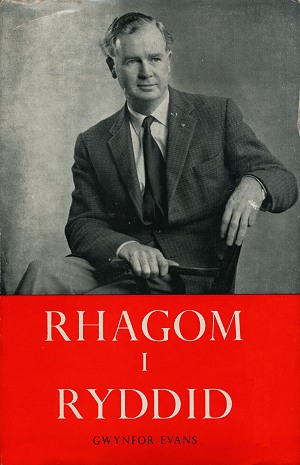 |
 |
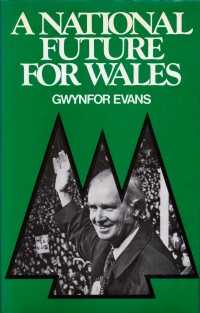 |
 |
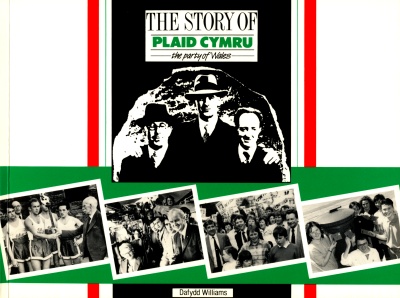 |
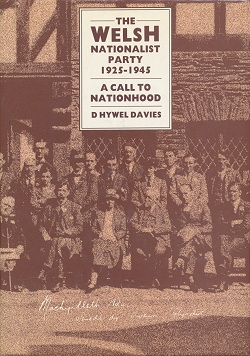 |
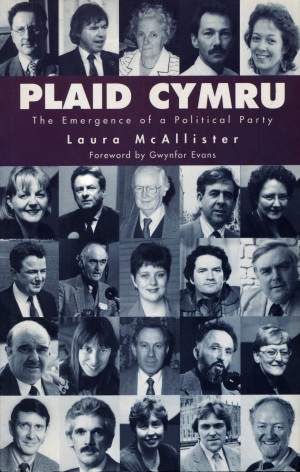 |
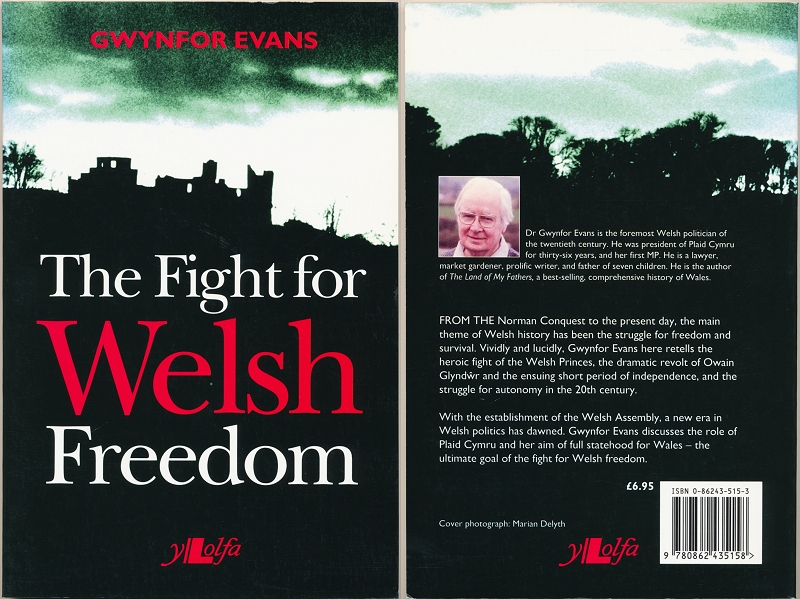
Clive Reid, Swansea 1935 – 2014
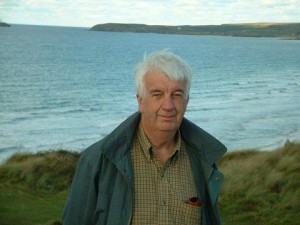 Tributes have been paid to the late Clive Reid, Swansea, who died in November 2014. A former Plaid Cymru parliamentary candidate for Swansea East and chairman of the Swansea West constituency, his life was honoured at his funeral in orations by the Rev Jill Hayley Harries, Heini Gruffudd and Gruffydd ap Gwent.
Tributes have been paid to the late Clive Reid, Swansea, who died in November 2014. A former Plaid Cymru parliamentary candidate for Swansea East and chairman of the Swansea West constituency, his life was honoured at his funeral in orations by the Rev Jill Hayley Harries, Heini Gruffudd and Gruffydd ap Gwent.
Photos of Clive Reid, courtesy of Anne Reid and Heini Gruffudd
Clive Reid, Swansea
Sadly Wales has lost Clive Reid, a well-known chemist as well as a staunch member of Plaid Cymru. Clive was brought up in Barry in a seafaring family but moved to work and live in Swansea. This tribute was delivered in Welsh at his funeral by Heini Gruffudd and translated by Dafydd Williams.
It is a privilege to say a word about Clive, and recall his strength of character as well as his civilised and pleasant demeanour.
Thank the lord for the deacon in Walham Green Welsh chapel in London who advised Clive and Anne that within the space of two years they would settle down to live there for good. What a shame that other Welsh people did not react in the same way as Clive, by moving back to Wales – and ironic that Walham Green chapel closed in 1988. Clive’s response to that advice indicates his dedication to Wales and his determination to live a full life as a Welshman.
Step by step he set about mastering the Welsh language, with great success. He enjoyed his Welsh lessons in school and pursued an O level in the language. On his mother’s side of the family he had Welsh-speaking relations and he became a member of Urdd Gobaith Cymru. Meeting Anne ensured another reason for persisting, and a long time was to elapse before Sara, David and Mari realised the significance of their parents’ decision to raise their family in a Welsh-speaking home. Clive was an embodiment of the way in which the Welsh language can gain ground.
Clive and Anne arrived in Swansea at a time of great excitement in Wales. This was the era of the drowning of Tryweryn, Gwynfor winning Carmarthen, and the foundation of Cymdeithas yr Iaith. Soon Plaid Cymru won seats in Meirionnydd and Caernarfon, and, with others, Clive saw to it that the waves of national renaissance reached Swansea as well.
After settling down in Killay, by now with a young child, he became aware of the evident anti-Welsh nature of political life of Swansea at the time. Clive was not ready to accept the way so many Swansea politicians, especially those in the Labour Party, were so ready to turn their backs on their national heritage, and he became a keen letter writer to the local paper.
He served as chairman of Plaid Cymru in Swansea West for three years and set up a chemist’s shop in Morriston. A small room at the back of the shop became the venue of many meetings that discussed Plaid and the nation, while he was dispensing medicines.
Clive contested a number of local elections in Morriston, defeating Labour in 1976, but not beating the Ratepayers. He also stood twice at Parliamentary level in Swansea East, sadly without any success. At the same time he served as Plaid’s spokesperson on health.
He held strong beliefs. He campaigned against cutting the number of beds in West Glamorgan hospitals, and against an army exhibition in Margam Park, which, in his view, was attracting young people to the armed forces without their recognising the dangers or the moral implications.
Here in Swansea there were campaigns to set up a Welsh-medium secondary school, which followed Clive’s wise counsel to decline going to Sandfields in the shadow of its chemical works.
Before that came the intrusion of the 1969 Investiture, of which Clive was critical. It was not that pantomime that was important to him that year, but the setting up of the Welsh-medium Ysgol Gyfun Ystalyfera. So what would he do, when invited by the residents of Lôn Camlad, to open their street party? Some of them were customers in his shop, and they saw the occasion as a national celebration. So what could be done but turn up to open the party, with me in attendance to take photographs and understand that there was more than one idea of Wales.
He talked about the time that he heard a Labour candidate trying to convince customers in his shop, not knowing he could hear, telling them, “We are not Nationalists, we are Internationalists”. Clive knew that this was a ‘British nationalist’ talking, whose internationalism went no further than London.
And Clive was certain in his backing for the highest standards of internationalism. He took an interest in Europe’s small countries, with Brittany one of his favourite destinations. He held shares in the P&O shipping company, which meant he could take his car and caravan to the continent half price, and he took his family on several trips to Brittany and France in particular. Under his influence I also ventured into the world of stocks and shares, and travelled cheaply with the family to Europe. The channel tunnel and cheap air travel shattered the share values, but Clive and his family carried on with their travels.
After retirement he still continued to make the case for Wales and the Welsh language. He was in correspondence recently in the Chemists’ Society magazine on the topic of Welsh language prescriptions after Morrisons in Bangor refused to accept Welsh prescriptions. In his letter, Clive asked why Welsh was regarded as a problem, although along with many other countries in the world Wales is a bilingual country. And then he reminded his readers that half a century ago the language of prescriptions was Latin.
That was the sort of person Clive was: well informed, conscientious, committed, someone who served his community and Wales with the highest standards.
You, his heirs and descendents, can be proud of him, remembering his ceaseless care for you. We remember him with the deepest respect, thanking him for his contribution, and recalling his late daughter, who was so dear to him, to you and to us.
Heini Gruffudd
Remembering Clive Reid
This tribute was delivered in Welsh at his funeral by Gruffydd ap Gwent and translated by Dafydd Williams
I first met Clive in the early 60s, after I returned from college in Aberystwyth, through the involvement we both had with Plaid Cymru. He had to come to live in Swansea after two years in London, full of enthusiasm for everything that was good about Wales and keen to share and defend what he recognised as our nation’s treasures. This was his dream and he saw Plaid Cymru as the best vehicle to fulfil it.
On the whole politics in Swansea at that time was rather flat, but suddenly everything was changed in July 1966 when Gwynfor Evans won the Carmarthen By-election. Wales was alight and the period that followed, with by-elections in the Rhondda and Caerffili, was remarkably exciting. Everything was possible. Clive was in the thick of things and delighted. Several people remarked that Clive, like Gwynfor, came from Barry and had learnt Welsh. Another boost for our expectations!
From the office in Cardiff came the command that Plaid Cymru had to stand in every parliamentary constituency in Wales in the next General Election. That meant a quite unexpected development for me. One evening I answered the door in Yr Olchfa to discover Dr J. Gwyn Griffiths and Clive on the step. I gave in to their plea to stand as candidate in Swansea West and a new window opened in my life.
Over time Clive’s focus was increasingly drawn to Swansea East and the back room of Reid’s Chemist shop on Morriston Square became a centre for Plaid activity. Clive’s penetrating letters in the Evening Post were a source of inspiration for Plaid members everywhere and his dedication to fight for the people of Swansea East in particular an example to us all. Later on Clive himself stood as parliamentary candidate.
Today we remember and give thanks for Clive the patriot, the campaigner for justice, the chemist and Christian, but above all, Clive the man, the civilised gentleman, the friend and father. To him his family came first – Anne, Sara, David, Mari and the grandchildren. We know that life was not always easy for this family but in both fair and stormy weather Clive’s place was in the bosom of his family.
We are all richer for having known Clive and the world is a better place because of his life.
Thank you Clive.
Gruffydd ap Gwent
1947 – The War Office Creating Havoc in Wales
1947 – The War Office Creating Havoc in Wales (as told by two cuttings in Plaid Cymru’s Welsh-language paper, Y Ddraig Goch)
Because the War Office was considering a takeover of 27,000 acres of agricultural land in the Tregaron area to provide a training camp for the Royal Engineers. This followed similar actions in Penyberth, Epynt, the Preseli mountains etc. Later on, enlargement of the military camp at Bronaber near Trawsfynydd was also considered. Plaid Cymru led the opposition to all these in turn.
WHEN?
The campaign to save Tregaron in particular was fought between the autumn of 1947 and the summer of 1948. The date of the protest seen in these two cuttings was Thursday, 16 October 1947.
WHERE?
The protest seen in the two images (‘the procession of flags’) took place in Park Place, Cardiff on Thursday, 16 October 1947. On that day, the War Office was staging a conference with other government ministries to discuss the plans. Dozens of telegrams were presented from all parts of Wales opposing the proposal to the Town and Country Planning official in Park Place that morning.
Plaid Cymru led the campaign in Tregaron, in cooperation with local farmers and Undeb Cymru Fydd. The protest in Cardiff was specifically organised by Plaid Cymru, with 20 party members taking part. In the second picture, the procession is led by Nans Jones who worked in Plaid’s office in Cardiff. She can be seen in the first picture too, standing second on the right next to the General Secretary J. E. Jones, (who is standing on the pavement).
WHAT was the result?
Some battles were won, others lost. This was among those that were won, and the War Office gave up its plans to take over land in Tregaron by the summer of 1948.

